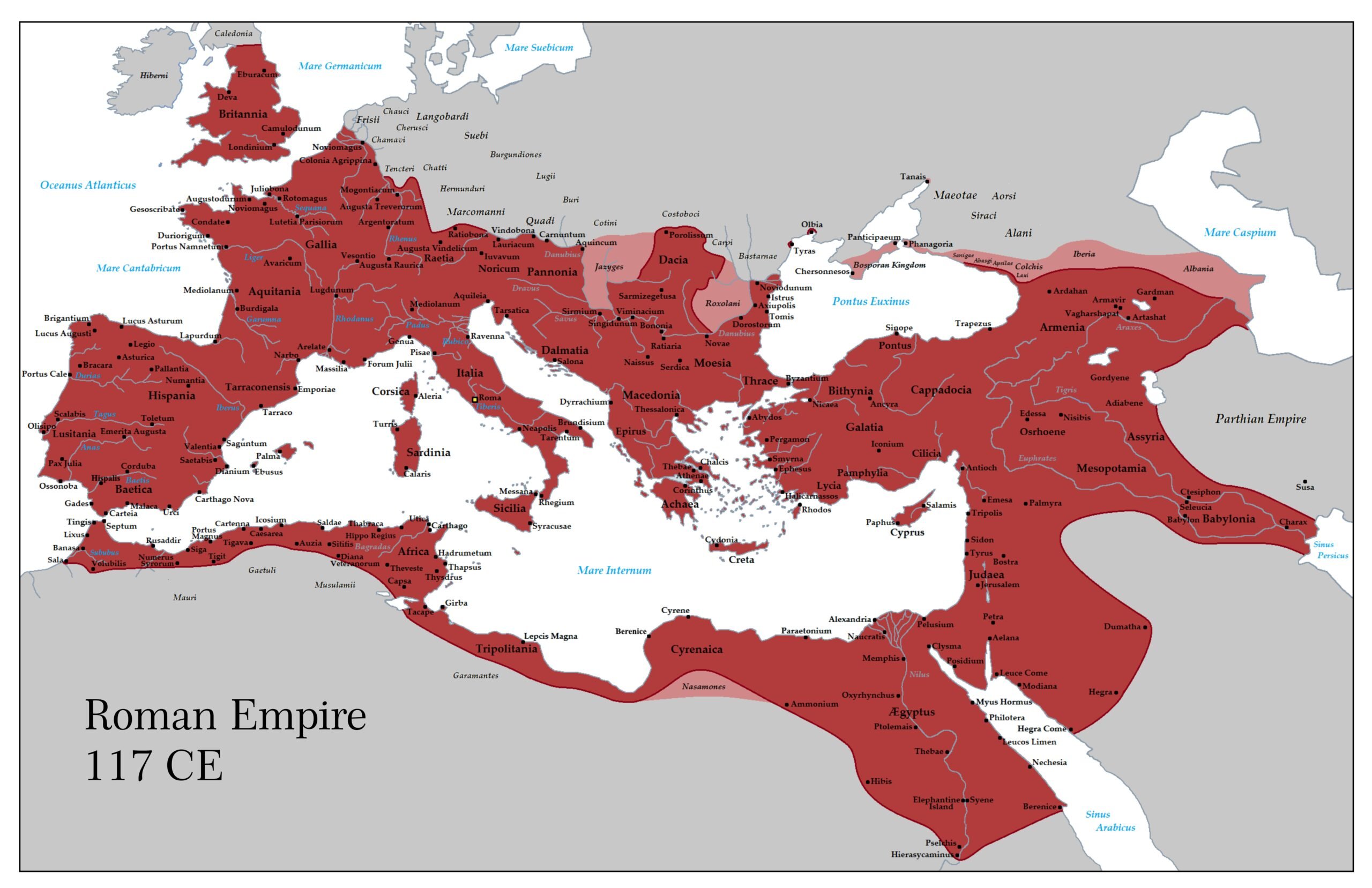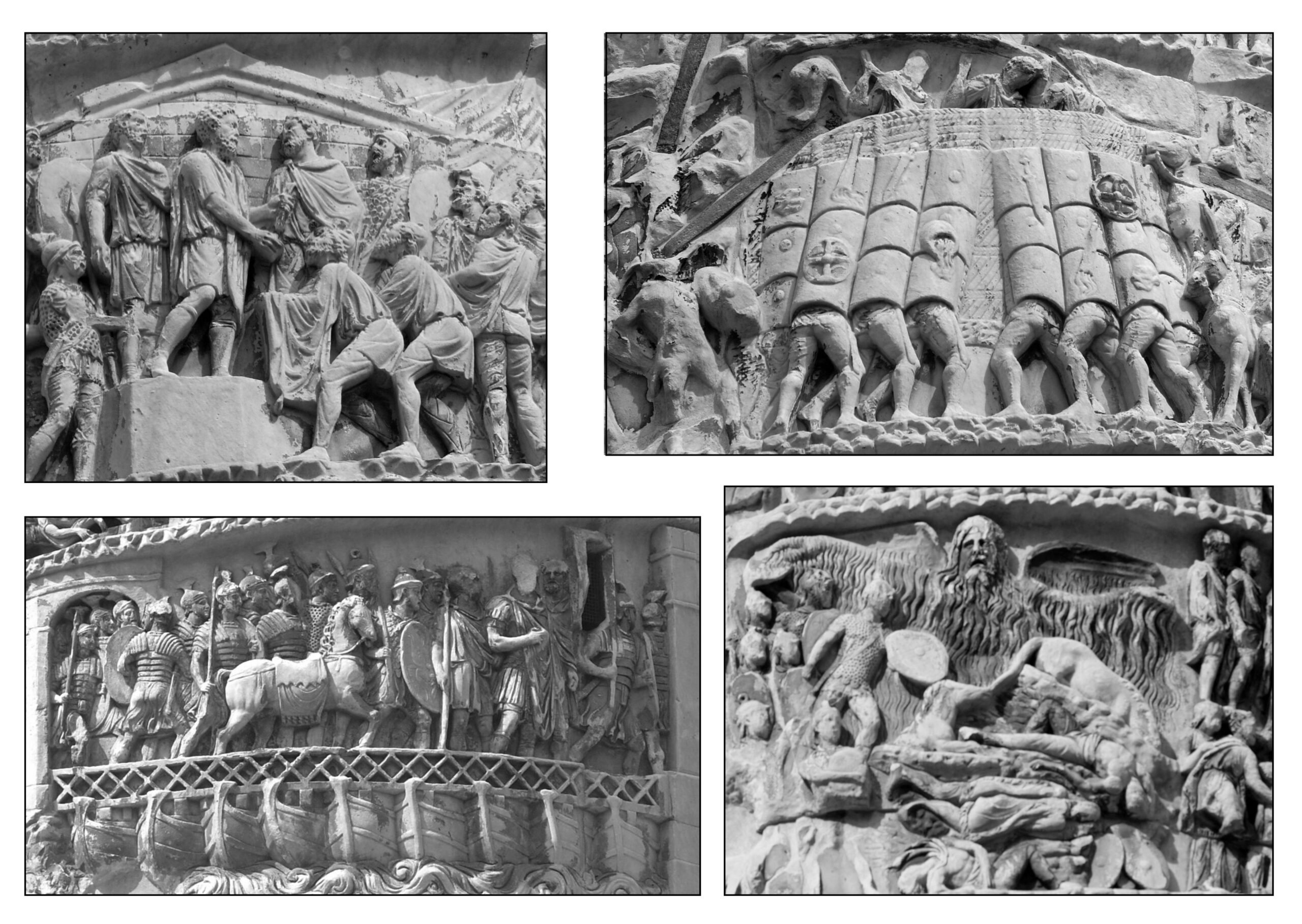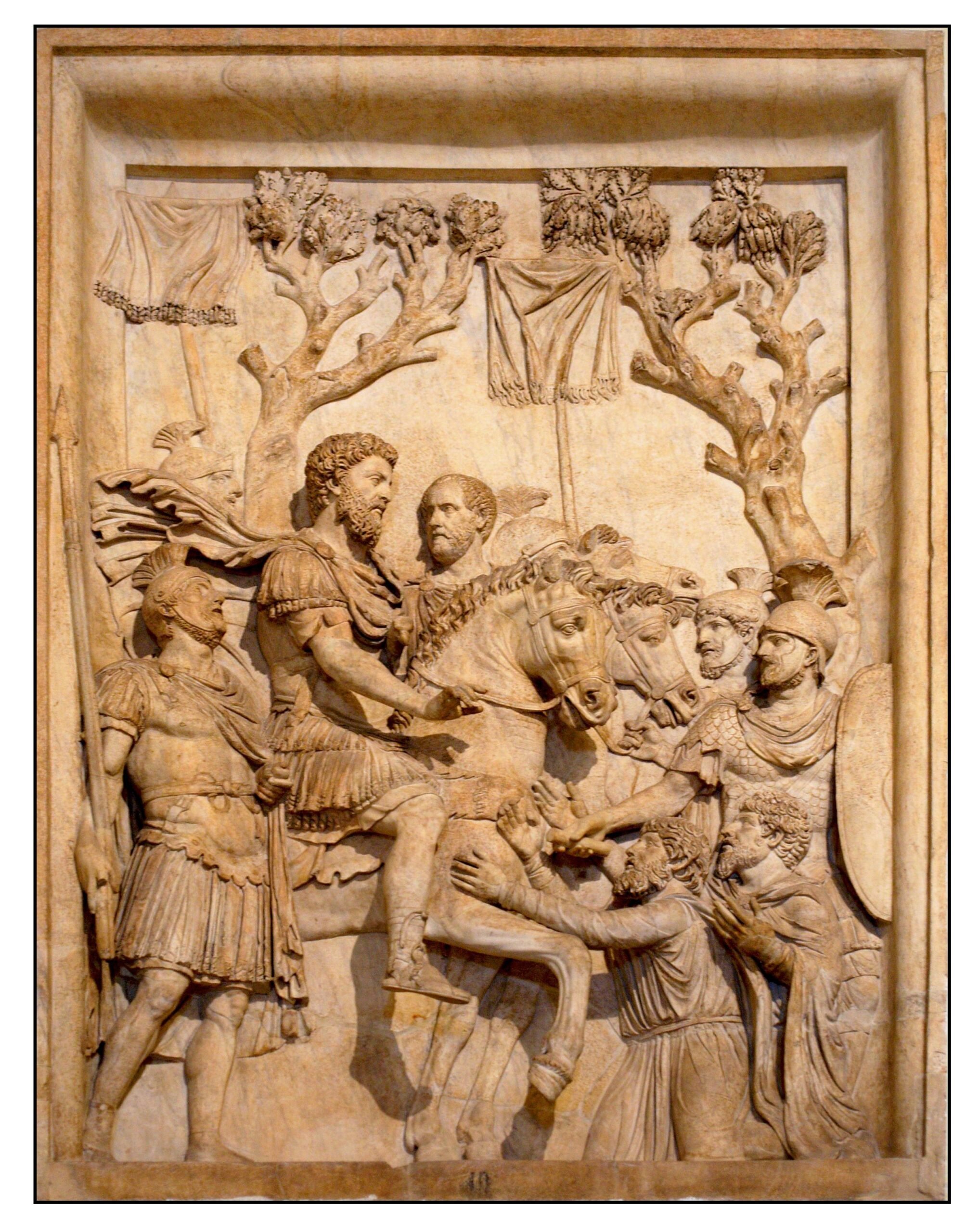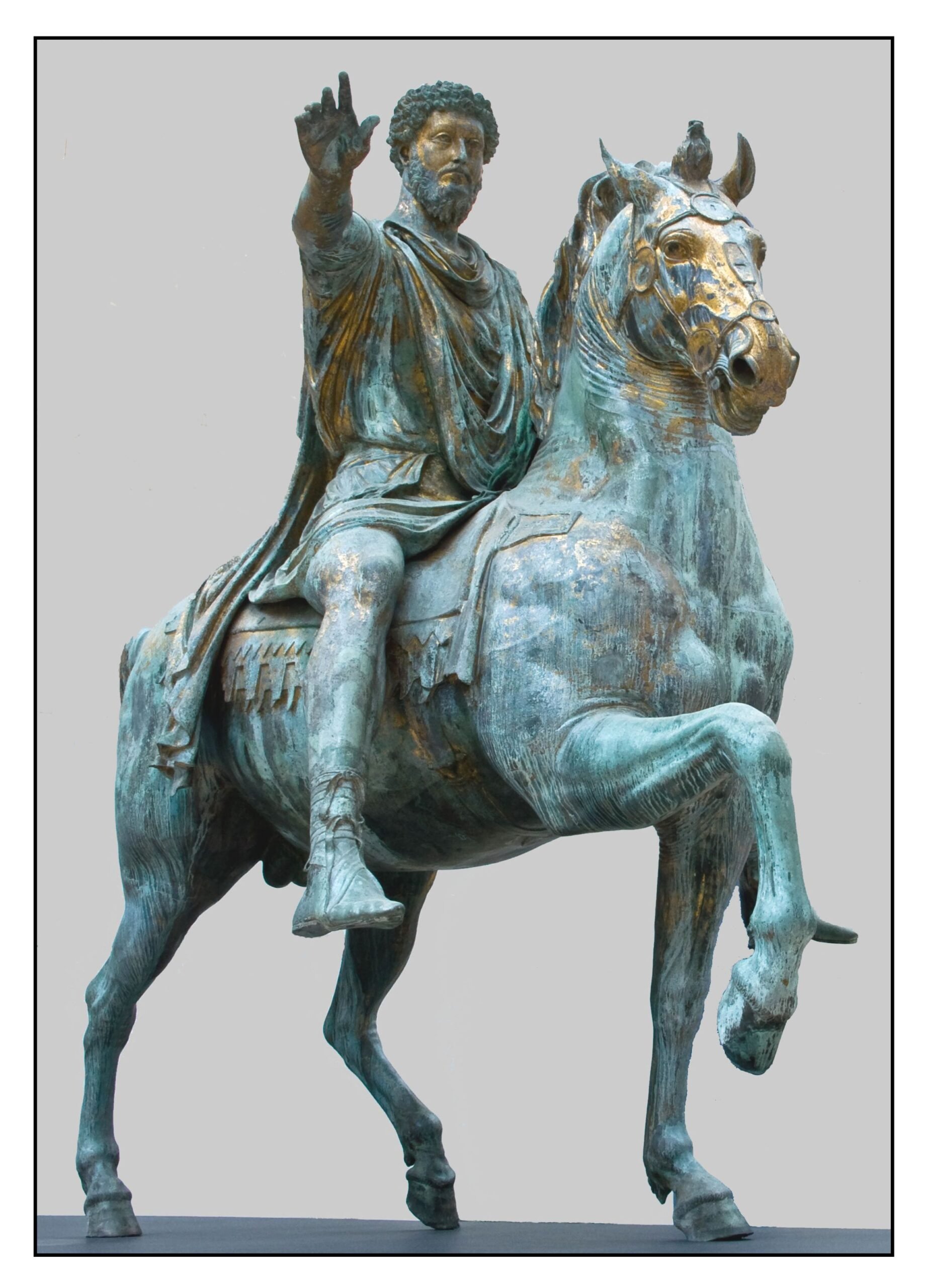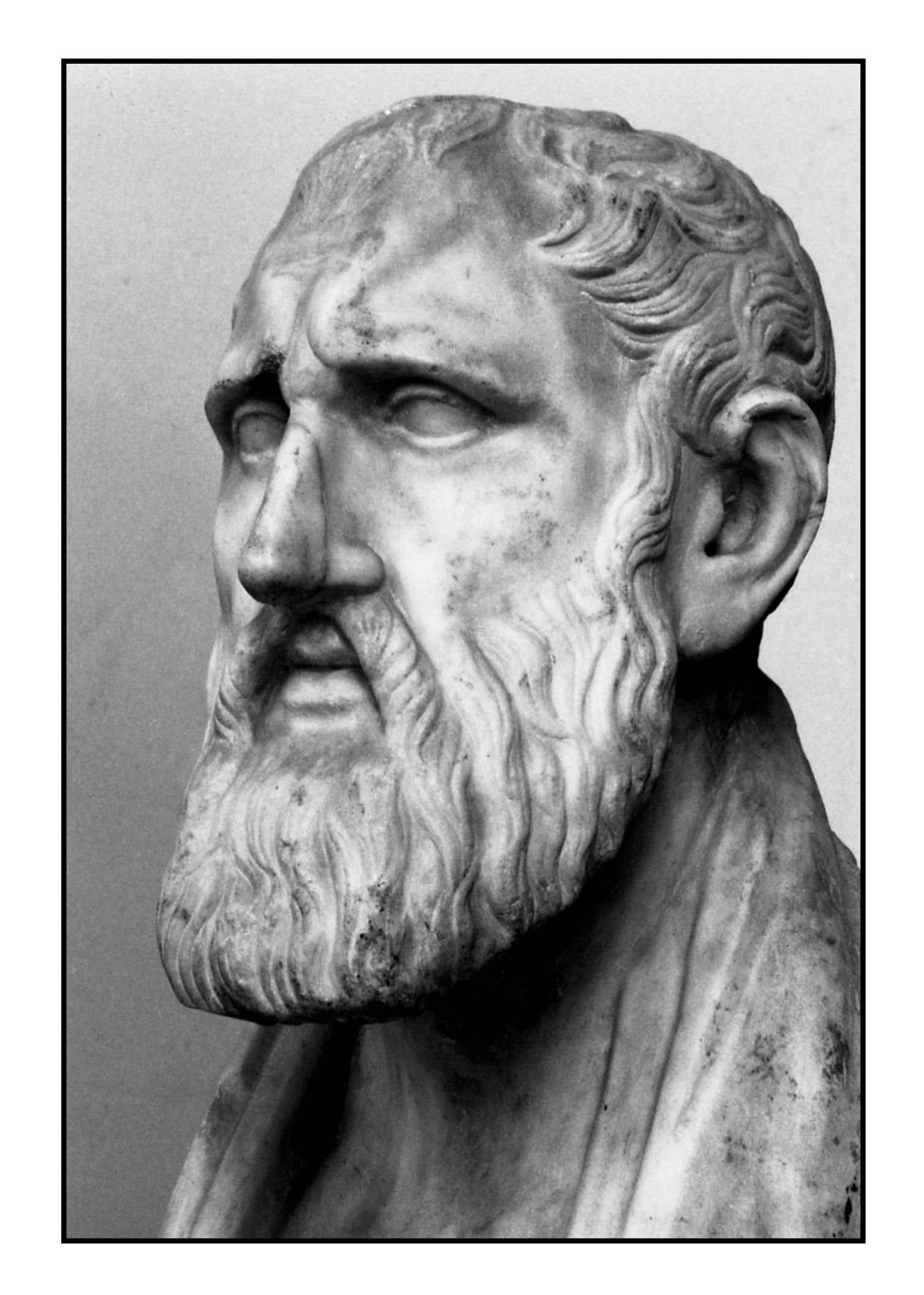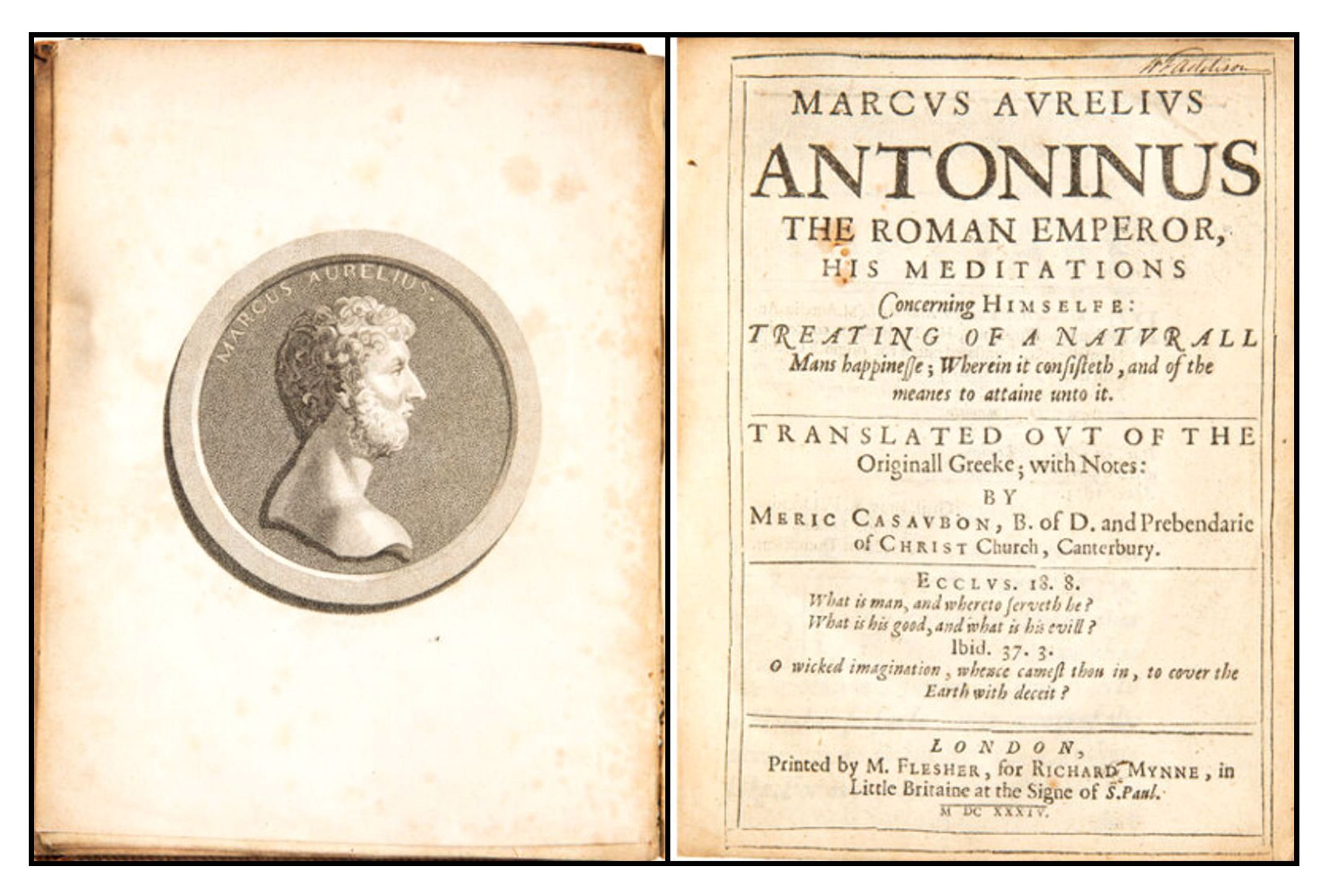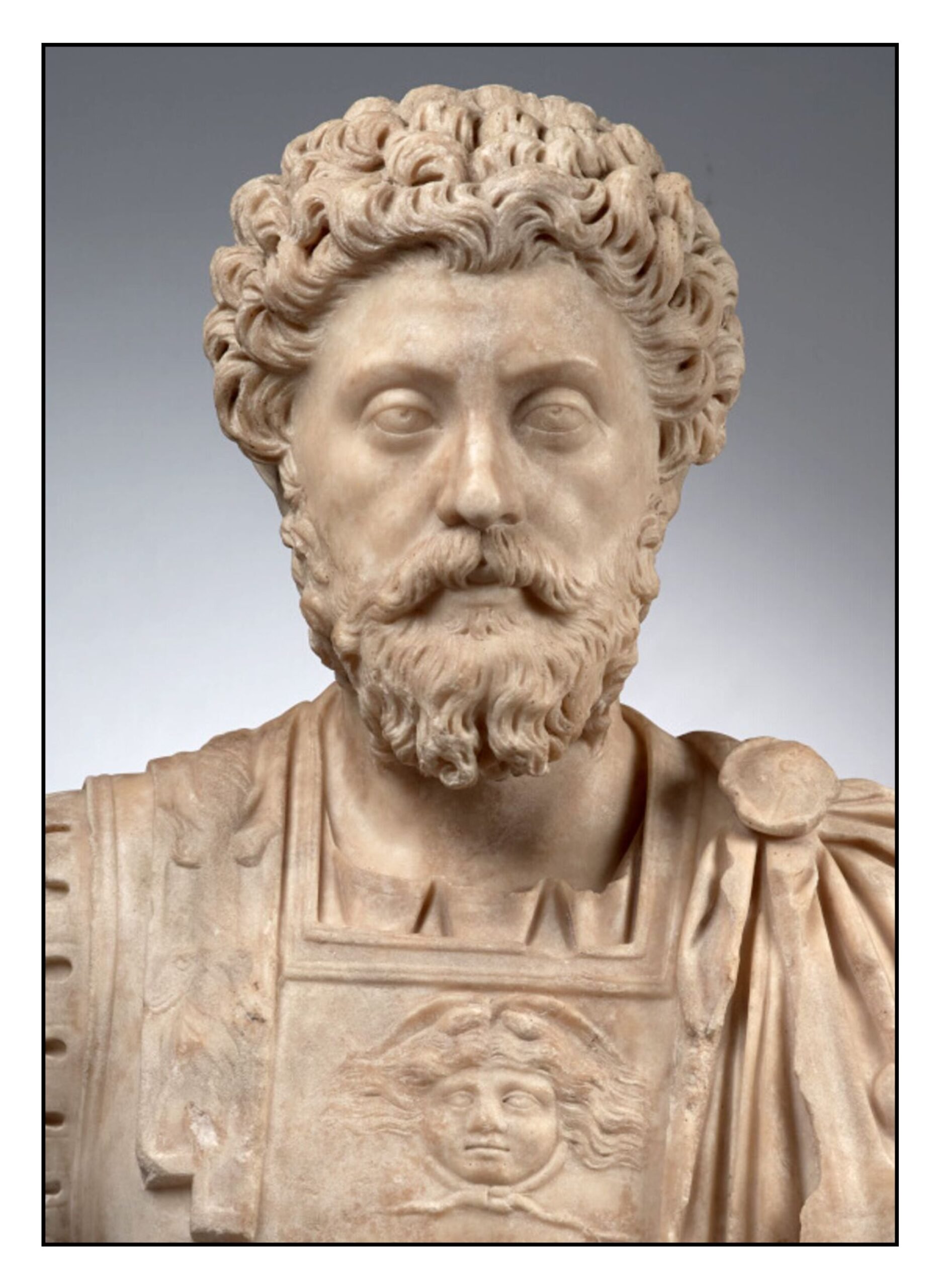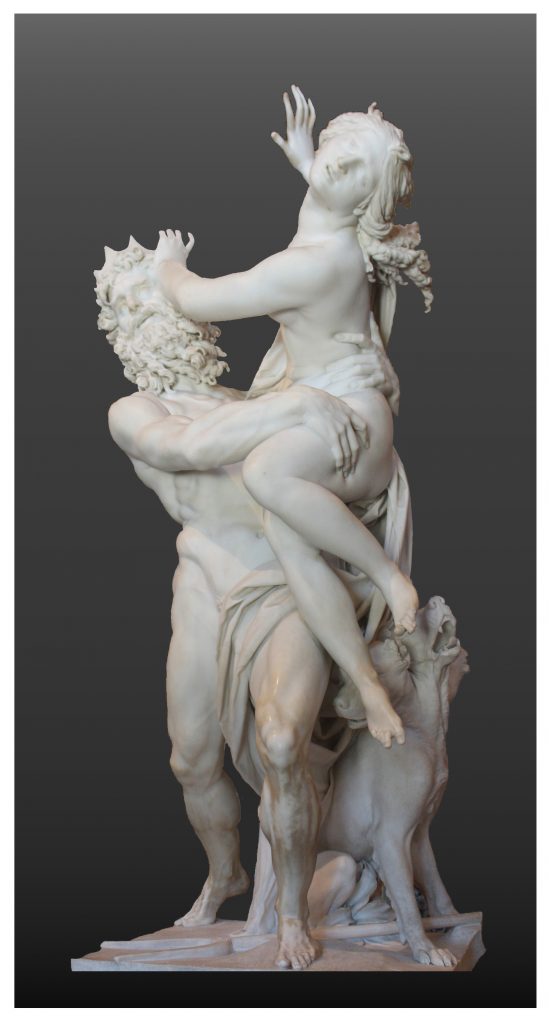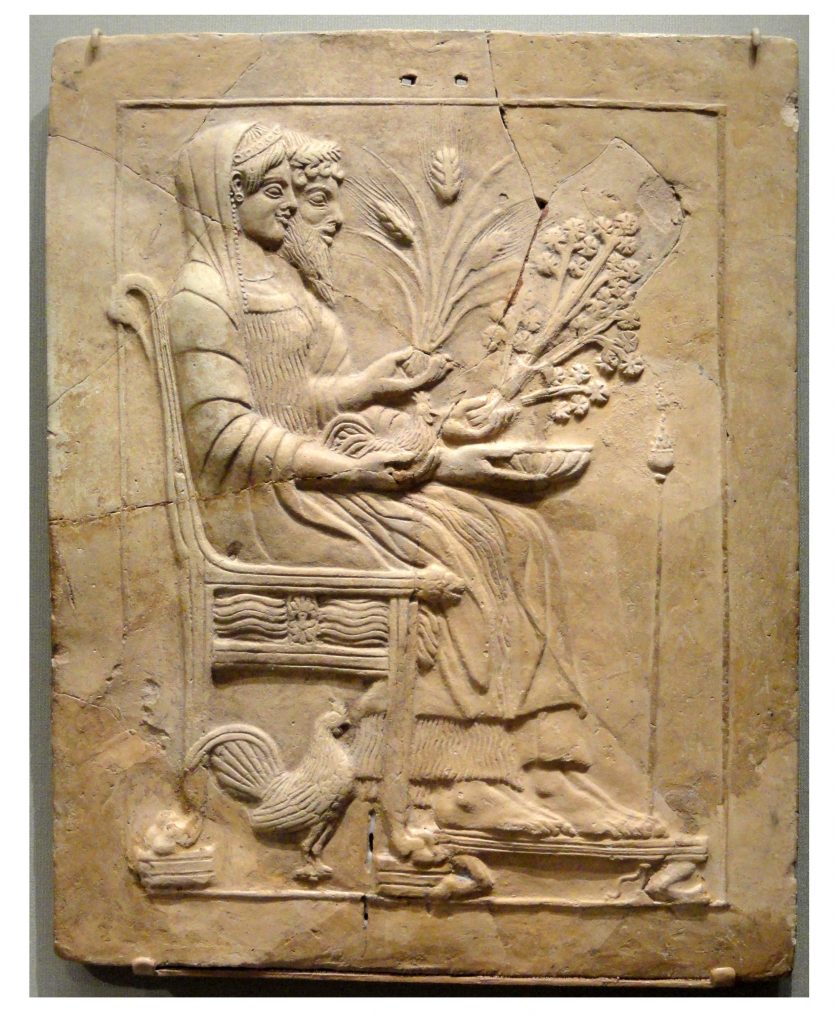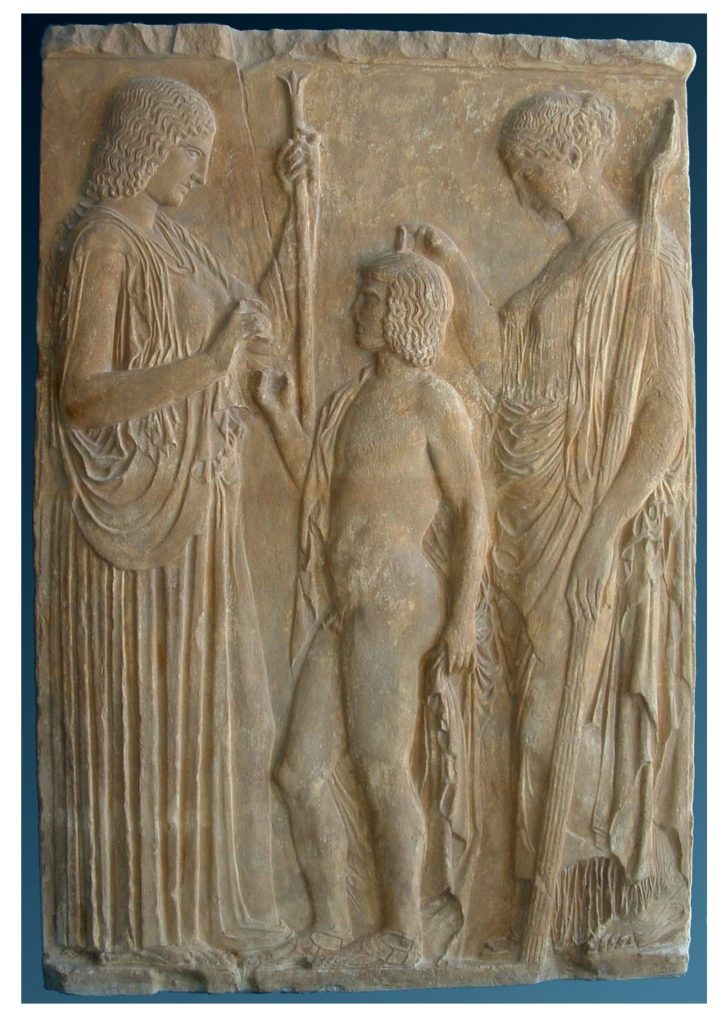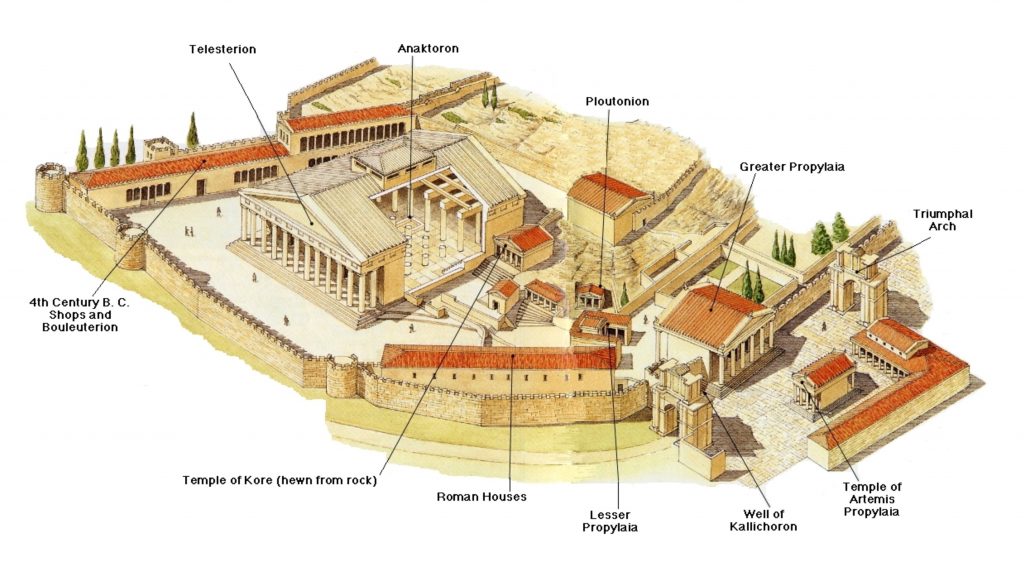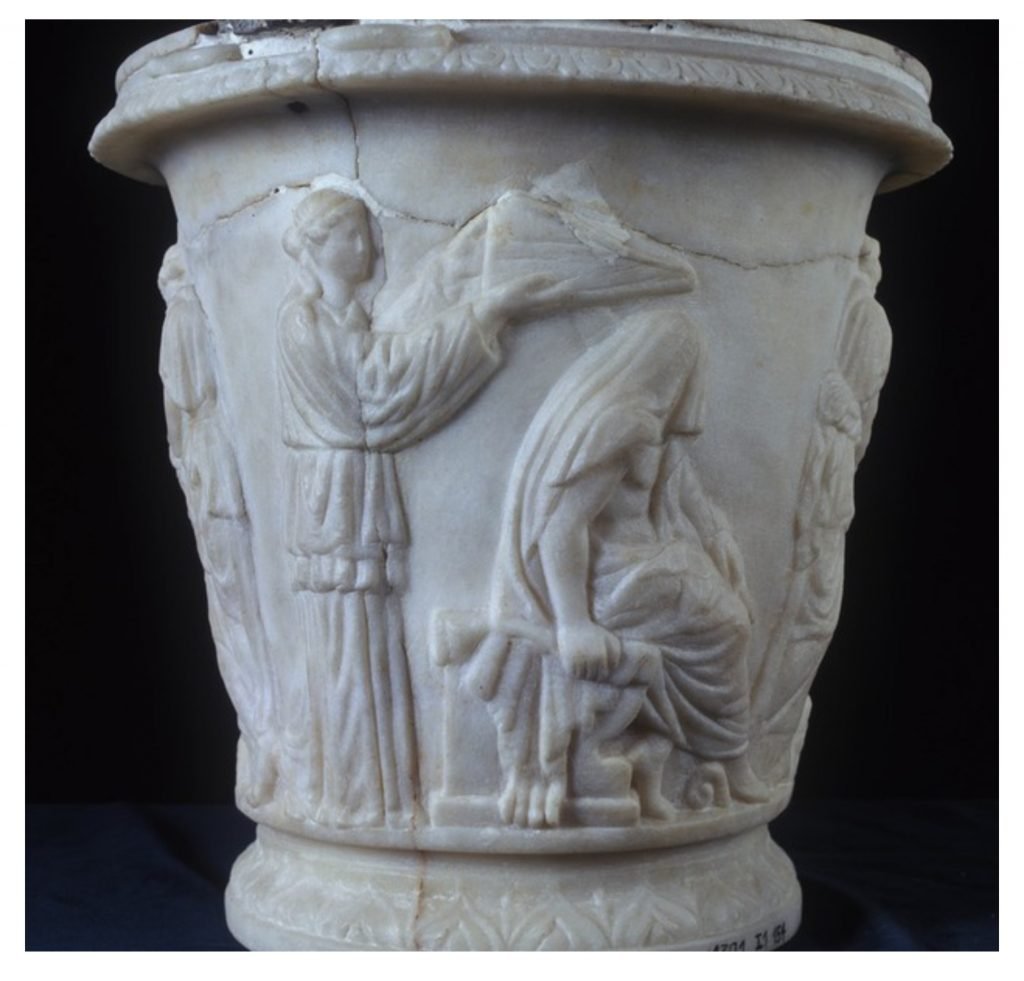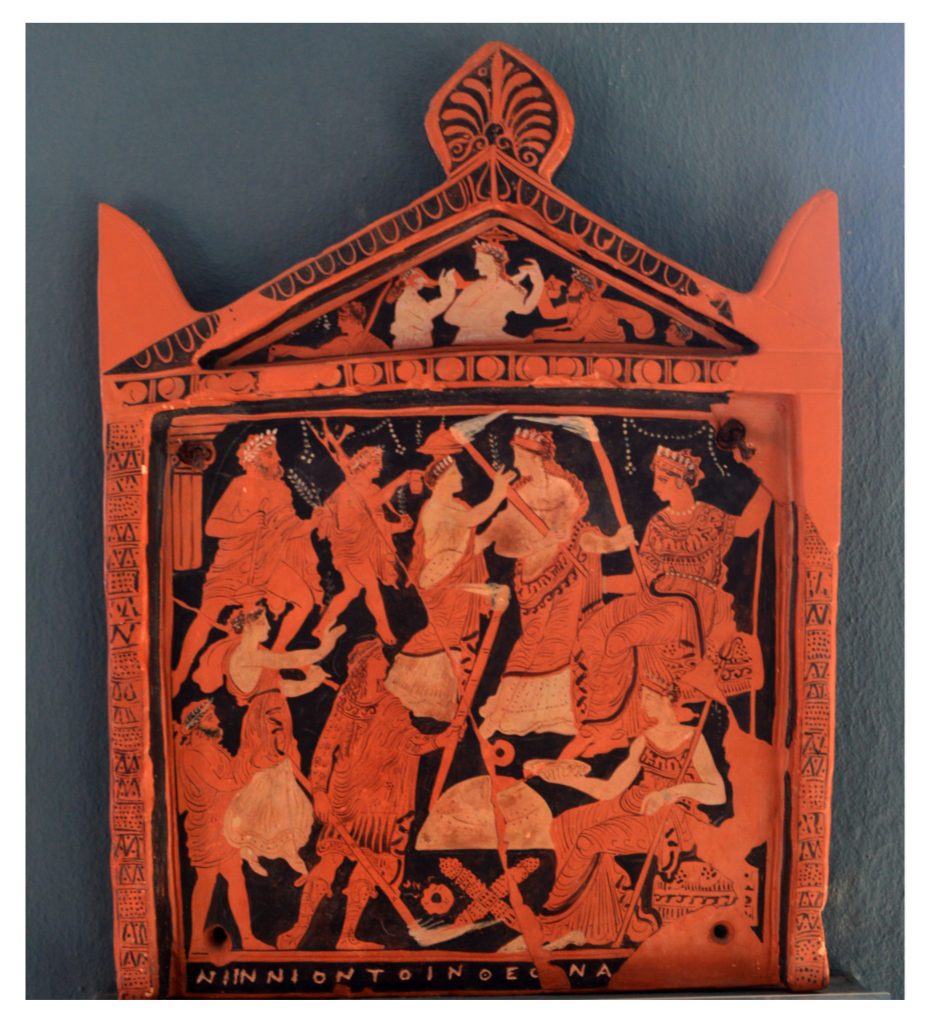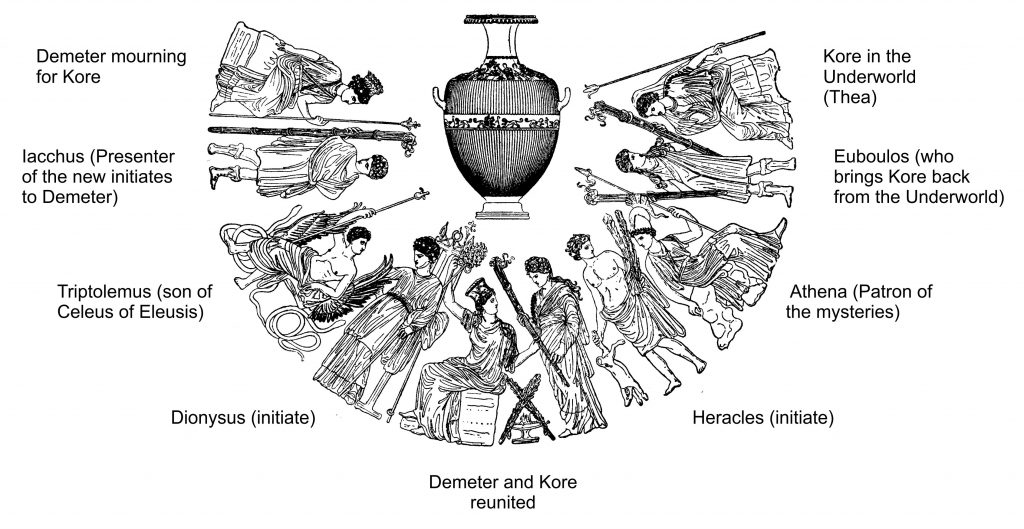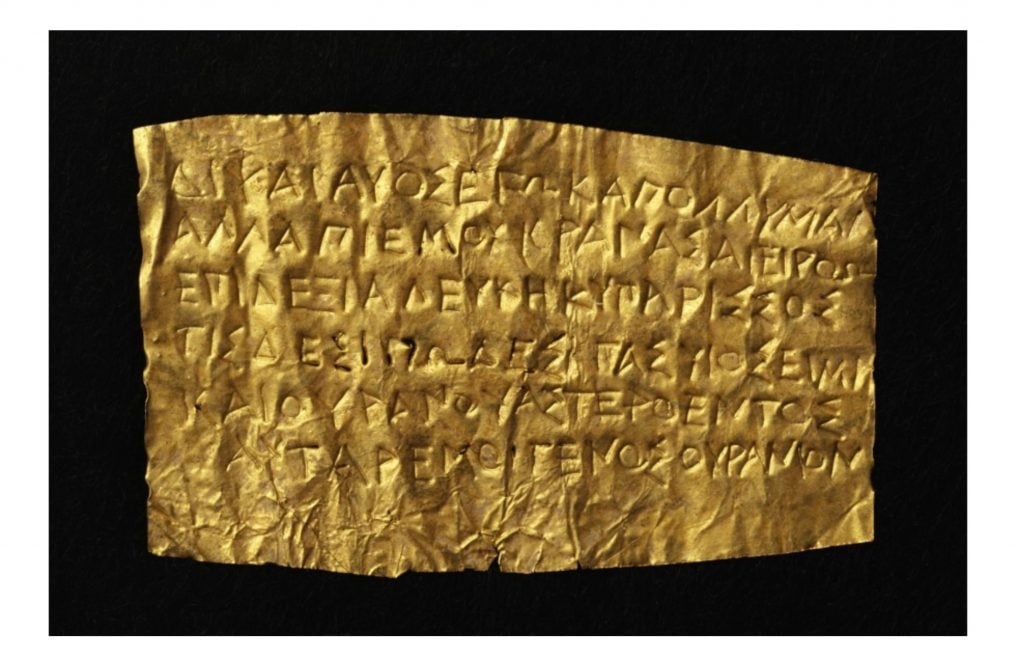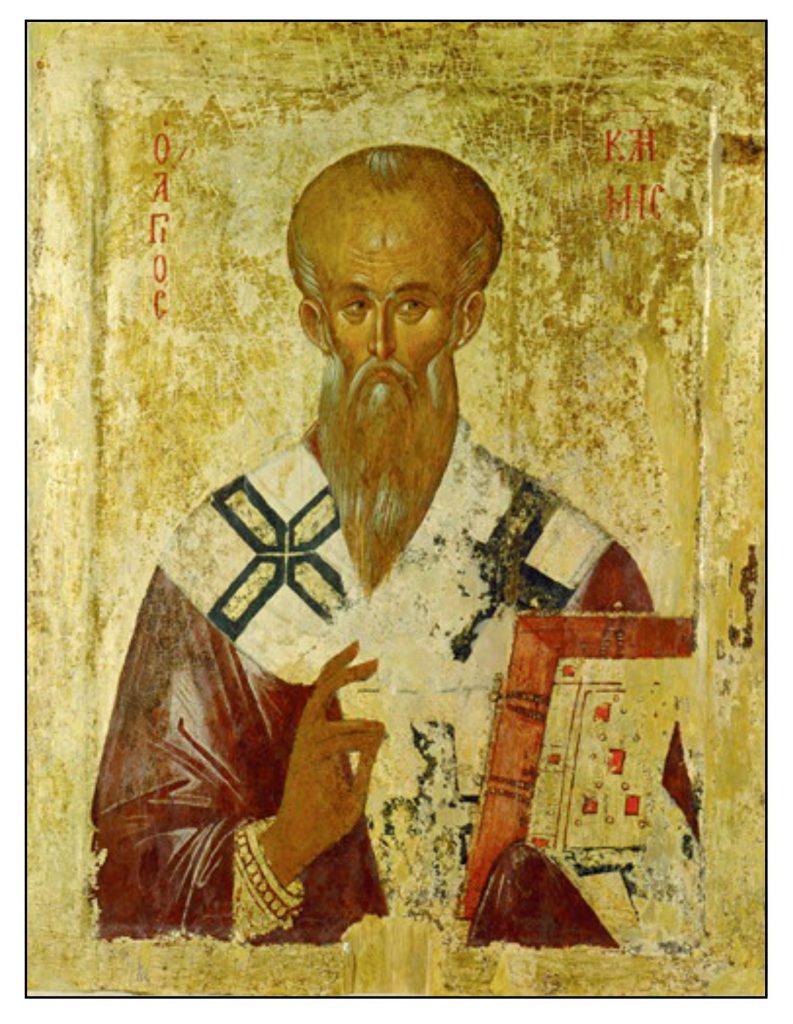Marcus Aurelius
Marcus Aurelius (121-180 CE) is one of the most famous of the Roman Emperors. Some of his renown is related to the many representations of the Emperor that have persisted to the present day: the Aurelian Column documenting the Marcomannic Wars he waged on the Northern frontiers of the Empire; the bas-reliefs that were initially mounted on a triumphal arch in Rome, and later preserved when the arch was destroyed; and the equestrian statue that, from the Renaissance, was displayed in Rome’s Piazza de Campidoglio on a pedestal designed by Michelangelo. Most of Marcus’ fame, however, derives from the book that he wrote during the many years when he campaigned against the Germanic Tribes who threatened to cross the Danube and invade the Empire. This book, which has come to be known as the Meditations, presents a philosophy that derives from Greek Stoicism: to live each day as if it were one’s last, to act in accord with nature, not to become upset by whatever happens, and to help others as best one can.
The Life of Marcus Aurelius
Marcus was born in 121CE, the son of Emperor Hadrian’s nephew. After his father’s death in 124 CE, Marcus was adopted by his grandfather Marcus Annius Verus.
Marcus was educated by a series of prominent tutors, whom he thanks in the first section of the Meditations. From Diognetus, he learned “about not getting carried away by empty enthusiasm;” from Rusticus “understanding the importance of correction and treatment of one’s character;” from Apollonius “self-reliance and indisputable immunity to the dice-rolls of fortune;” from Sextus “the true meaning of living in accord with nature;” and from Fronto “understanding the nature of despotic malice and hypocrisy.”
In 138 CE Marcus was adopted by his uncle, the Emperor Antoninus Pius, as his heir, and assumed the name Marcus Aurelius (“golden”) Antoninus. From his adoptive father, he learned “calmness and an unshakeable adherence to deliberately made decisions” (this and preceding quotations from the Waterfield translation, 2021). In 145 CE Marcus married Faustina, the daughter of Antoninus.
With the death of Antoninus Pius in 161 CE, Marcus became joint Emperor with Lucius Verus, whom Antoninus had also adopted. Together they assumed rule over the huge Roman Empire, which, since the days of the Emperor Trajan (53 -117 CE), extended from Portugal in the West to Syria in the East, and from Britain in the North to North Africa in the South:
At the accession of Marcus and Lucius, the empire was in turmoil. Rebellions were breaking out in Britain, and the Germanic tribes were harassing the Empire’s frontier on the Danube. Most importantly, the Parthian king, Vologases III, had invaded the Eastern province of Armenia, and threatened to enter Syria. Marcus dispatched generals to Britain and the Danube, and Lucius led an army against the Parthians. The Northern troubles were quickly subdued, and after some initial defeats, the Roman legions finally repulsed the Parthians and invaded Mesopotamia. By 165 CE the empire was once again secure. Lucius returned home to Roma, and Avidius Cassius, one of the most successful of the Roman generals in the East, was made governor of Syria.
However, soldiers returning from the Eastern wars brought with them the Antonine Plague which spread throughout the Roman Empire from165 to 180 CE, killing about 10% of the population. No one is absolutely sure of the nature of the disease. Most believe that it was a virulent strain of smallpox (Variola).
In 166 CE the Marcomanni (derived from proto-Germanic “men of the border”) crossed the Danube and invaded the province of Pannonia (present-day Slovenia, Croatia, Serbia and Hungary) – see map below. Marcus and Lucius led the Roman legions against the invaders, but the Marcomannic Wars dragged on until Marcus’ death. In 168 CE, Lucius Verus succumbed to the Antonine Plague on the way home from one of the Northern campaigns, leaving Marcus as sole Emperor.
In 175 CE Avidius Cassius, by then the Supreme Commander in the East, having been misinformed that Marcus Aurelius was near death, declared himself Emperor. Marcus Aurelius and the Roman Senate planned an expedition to the East to put down the usurper. However, there was no need. One of Cassius’ centurions murdered him, and sent his head to Rome. Marcus refused to see it and had it properly buried.
For the last decade of his life, Marcus was primarily involved in the Marcomannic Wars. He spent little time in Rome, apparently preferring the rigor and solitude of the campaigns to the pleasures of the capital. Slowly, he brought peace to the Empire’s Northern frontier. The Aurelian Column in Rome (planned in the late 170s and finally constructed just after Marcus’ death) portrays various episodes from the wars (Beckmann 2011). The scenes illustrated below show (in counter-clockwise order from the lower left): the legions crossing the Danube River on a bridge of boats; the “Rain Miracle” when the surrounded Roman soldiers, lacking food and water, were rescued by a tremendous downpour represented by the Rain God; the siege of a Barbarian fort using the testudo (turtle), wherein the Roman soldiers attacked under cover of their interlocked shields; and Marcus (at the center, perhaps with his son Commodus on the left and a Roman General on the right) accepting the surrender of two Barbarian chieftains, one of whom who offers the Emperor his mantle.
Marcus died in 180 CE in Sirmium, (presently Sremska Mitrovica in Serbia) a Roman settlement about 25 km south of the Danube. Sirmium was later to become a major capital in the Easter Empire, but at the time of Marcus’ death it was likely only a small fortified settlement. Marcus had been spitting up blood, and may have suffered from tuberculosis. It is also possible that he was another victim of the Antonine Plague. Some rumors suggested that his doctors had hastened his death in order to curry favor with his son and heir, Commodus, but there is no clear evidence for this.
Many portrait busts were made of Marcus Aurelius (Boschung 2012a). Below are a selection of these busts with approximate dates. The upper busts are from the Capitoline Museum in Rome and Farnborough Hall in Warwickshire, UK; the lower busts are from the British Museum and from the Metropolitan Museum in New York.
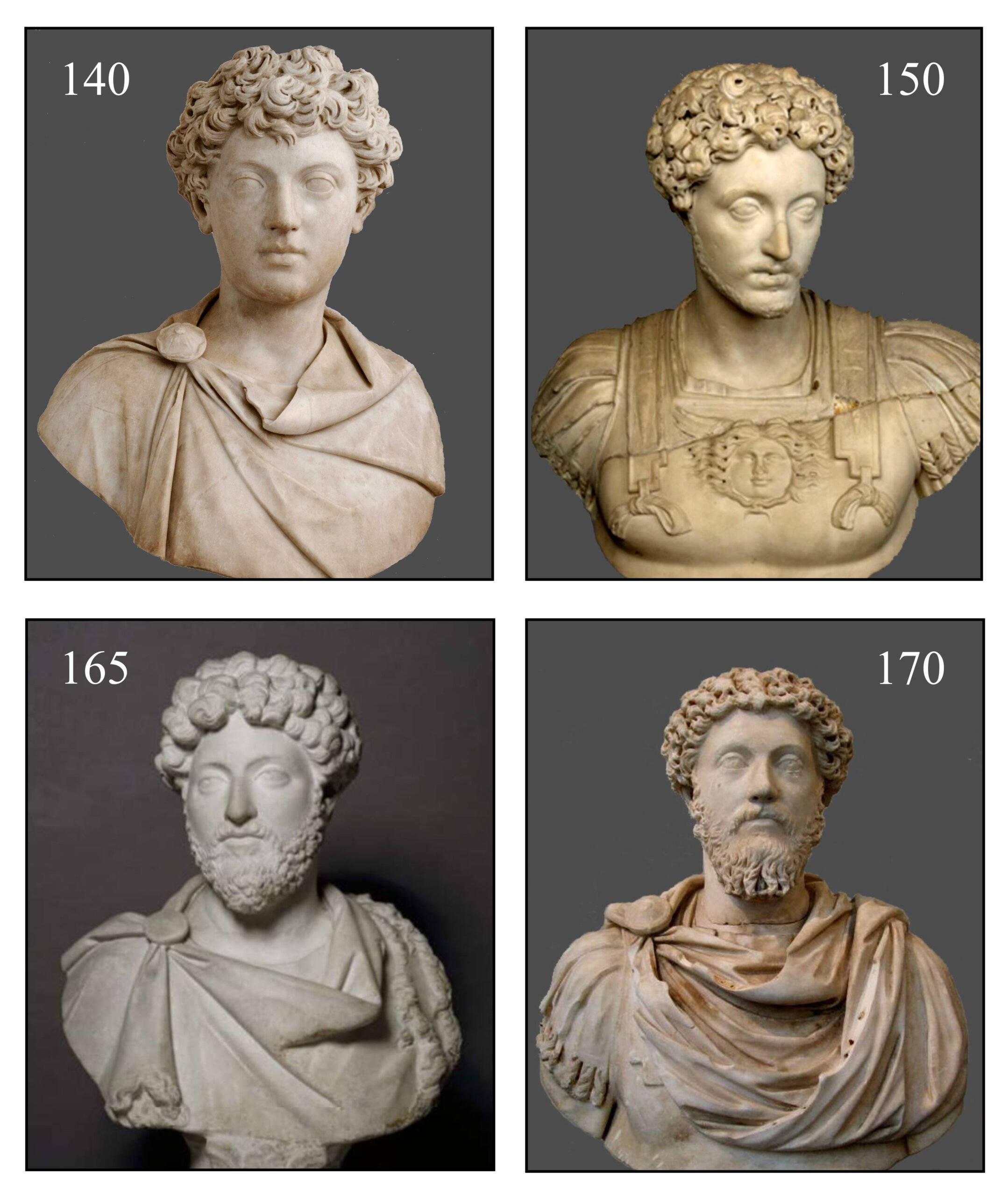
The reign of Commodus, the son and successor of Marcus Aurelius, marked the end of the greatest years of the Roman Empire. In his History of the Decline and Fall of the Roman Empire (1776), Gibbon describes the 84 years between the death of Domitian in 96 to the death of Marcus in 180 CE as the time when the Roman Empire truly flourished. The Emperors of this time (Nerva, Trajan, Hadrian, Antoninus Pius, and Marcus Aurelius – often considered the “Good Emperors,” a term originating with Machiavelli) tempered their power with virtue. However, this could not last when all that stopped an Emperor from abusing his absolute power was his own sense of what was good:
The labors of these monarchs were overpaid by the immense reward that inseparably waited on their success; by the honest pride of virtue, and by the exquisite delight of beholding the general happiness of which they were the authors. A just but melancholy reflection imbittered, however, the noblest of human enjoyments. They must often have recollected the instability of a happiness which depended on the character of single man. The fatal moment was perhaps approaching, when some licentious youth, or some jealous tyrant, would abuse, to the destruction, that absolute power, which they had exerted for the benefit of their people. The ideal restraints of the senate and the laws might serve to display the virtues, but could never correct the vices, of the emperor. The military force was a blind and irresistible instrument of oppression; and the corruption of Roman manners would always supply flatterers eager to applaud, and ministers prepared to serve, the fear or the avarice, the lust or the cruelty, of their master. (Gibbon, 1776, Chapter III)
Commodus was just such a cruel master.
The Arch of Triumph
Towards the end of the reign of Marcus Aurelius, a monumental arch was erected in Rome to commemorate his triumph over the Barbarians (Boschung, 2012b). No one is sure where the arch was constructed or when it was taken down. Of the eleven known bas-reliefs on the arch, eight were re-used on the Arch of Constantine which was built in 315 CE. Three other reliefs are now in the Capitoline Museum in Rome. One of these (on the right) shows Marcus offering mercy to the conquered Barbarians. The other two (below) show Marcus in his triumphal chariot with a Nike of Victory on his shoulders, and Marcus making a sacrifice to the Gods in gratitude for his success.
The Equestrian Statue
The equestrian statue of Marcus Aurelius was likely cast at about the same time as the monumental arch (Stewart, 2012). The statue is made of gilded bronze, as befits the name “Aurelius.” Its survival through the late Roman years and medieval period has been attributed to its being mistakenly considered a representation of Constantine the Great (272-337 CE), the Emperor who made Christianity the religion of the Empire.
Joseph Brodsky provided a marvelous description of the statue in his Homage to Marcus Aurelius (1995):
The Romans, superstitious like all Italians, maintain that when the bronze Marcus hits the ground, the end of the world will occur. Whatever the origin of this superstition, it stands to reason if one bears in mind that Marcus’ motto was Equanimity. The word suggests balance, composure under pressure, evenness of mental disposition; literally: equation of the animus, i.e., keeping the soul—and thus the world—in check. Give this formula of the Stoic posture a possible mis-spelling and you’ll get the monument’s definition: Equinimity. The horseman tilts, though, somewhat, as if leaning toward his subjects, and his hand is stretched out in a gesture that is a cross between a greeting and a blessing. So much so that for a while some insisted that this was not Marcus Aurelius but Constantine, who converted Rome to Christianity. For that, however, the horseman’s face is too serene, too free of zeal or ardor, too uninvolved. It is the face of detachment, not of love—and detachment is precisely what Christianity never could manage. No, this is no Constantine, and no Christian. The face is devoid of any sentiment; it is a postscript to passions, and the lowered corners of the mouth bespeak the lack of illusion. Had there been a smile, you could think perhaps of the Buddha; but the Stoics knew too much about physics to toy with the finality of human existence in any fashion. The face shines with the bronze’s original gold, but the hair and the beard have oxidized and turned green, the way one turns gray. All thought aspires to the condition of metal; and the bronze denies you any entry, including interpretation or touch. What you’ve got here, then, is detachment per se. And out of this detachment the Emperor leans toward you slightly, extending his right hand either to greet you or to bless you—which is to say, acknowledge your presence. For where he is, there is no you, and vice versa. The left hand theoretically holds the reins, which are either missing now or were never there in the first place: a horse would obey this rider no matter what. Especially it it represented Nature. For he represents Reason.
Brodsky notes that the fact that Marcus Aurelius has been so long remembered on horseback plays counterpoint to what the Emperor wrote about the transience of life, and quotes his own translation of Book VII Chapter 23 of The Meditations.
The universal nature out of the universal substance, as if it were wax, now molds the figure of a horse, then melting this down uses the material for a tree, next for a man, next for something else; and each of these things subsists for a very short time. Yet it is no hard-ship for a box to be broken up, as it was none for it to be nailed together.
Stoicism
The success of Marcus Aurelius as an Emperor owed much to his Stoicism. Gibbon (1776, Chapter III) remarked
At the age of twelve years he embraced the rigid system of the Stoics, which taught him to submit his body to his mind, his passions to his reason; to consider virtue as the only good, vice as the only evil, all things external as things indifferent. His meditations, composed in the tumult of the camp, are still extant; and he even condescended to give lessons of philosophy, in a more public manner than was perhaps consistent with the modesty of sage, or the dignity of an emperor. But his life was the noblest commentary on the precepts of Zeno. He was severe to himself, indulgent to the imperfections of others, just and beneficent to all mankind. … War he detested, as the disgrace and calamity of human nature; but when the necessity of a just defence called upon him to take up arms, he readily exposed his person to eight winter campaigns, on the frozen banks of the Danube, the severity of which was at last fatal to the weakness of his constitution.
Any understanding of the Emperor’s philosophy and writings will require at least some brief acquaintance with Stoicism, the philosophical system initially proposed by philosophers in Athens, most importantly by Zeno of Citium (344-262 BCE). The illustration on the right shows a Roman copy of an Hellenic portrait bust of Zeno, now in the National Archaeological Museum of Naples.
The name derives from the Stoa poikile (painted porch) on the Northern edge of the Agora (gathering place) in the center of Athens, where Zeno and his follows met to discuss philosophy. Stoicism was one of several schools of philosophy Hellenistic Athens. Epicureanism and Skepticism were others.
Stoicism was mainly concerned with three areas of knowledge: logic, physics and ethics. According to Diogenes Laertius’ Lives and Opinions of Eminent Philosophers (3rd Century CE, quoted in Inwood & Gerson, p 110)
They compare philosophy to an animal, likening logic to the bones and sinews, ethics to the fleshier parts and physics to the soul. … Or to a productive field, of which logic is the wall surrounding it, ethics the fruit and physics is the land and trees.
a) logic
The Stoics, particularly Chrysippus of Soli (279-206 BCE made significant advances in formalizing our logic. Aristotle had given us term (or predicate) logic of the form
All men are mortal
Socrates is a man
Therefore Socrates is mortal
The Stoics described the principles of propositional (or statement) logic of which the following syllogisms are examples
If p then q If p then q
Given p Given Not q
Therefore q Therefore Not p
(modus ponens) (modus tollens)
Term logic deals with what things are; propositional logic deals with how things are related. Term logic provides us with classifications and definitions; propositional logic gives us causes and their effects.
b) physics
Stoic studies of logic had shown how the parts of the world were closely connected, and how reason could organize events according to cause and effect. The Stoics then proposed that the whole universe is pervaded by an intelligence, called logos (word, thought, discourse, reason), that arranges everything to ensure the maximum benefit for all its components. The idea of a universe directed toward the good by Providence (from pro+videre to foresee) clearly differentiated the Stoics from the Epicureans, who proposed a universe composed of atoms that interact without purpose.
The ideas of the Stoics were later taken up by the early Christians, who proposed that Christ was the physical representation of the logos. The Apostle Paul gave a sermon in Athens to an assembly of philosophers, many of them Stoics, relating the new religion to their ideas:
God that made the world and all things therein, seeing that he is Lord of heaven and earth, dwelleth not in temples made with hands;
Neither is worshipped with men’s hands, as though he needed any thing, seeing he giveth to all life, and breath, and all things;
And hath made of one blood all nations of men for to dwell on all the face of the earth, and hath determined the times before appointed, and the bounds of their habitation;
That they should seek the Lord, if haply they might feel after him, and find him, though he be not far from every one of us:
For in him we live, and move, and have our being (Acts 17: 24-28)
c) ethics
Ethics was the essence of stoicism. Philosophy should be considered as a way of life rather than a body of knowledge. Stoics proposed that we should act in “accord” with Nature – living our lives the way that the logos intended us to live, and thereby fulfilling our own human nature. Their goal was not the happiness sought by the Epicureans but the virtue attained by doing good. Nevertheless, virtue brings happiness (or tranquility) through the knowledge that we are acting our part in the divine purpose of the universe.
The Stoics believed that things of themselves do not cause pain or happiness. These effects occur only if we allow our governing soul to be affected by them. The true stoic would not allow his or her inner self to be upset by pain or carried away by lust. Many have therefore concluded that the Stoic suppresses all emotion, but this is not true. As pointed out by Waterfield (2021, p lii) Stoics can experience three good feelings (eupatheia):
Volition (the rational pursuit of something), caution (the rational avoidance of something) and joy (rational elation).
Acting in accord with Nature means that we must do what we can to benefit our fellows. Stoics were drawn to formal public service. In this they once again distinguished themselves from the Epicureans who eschewed politics.
d) Roman Stoicism
The Romans took to Greek philosophy with enthusiasm. Although the poets were more likely to side with the Epicureans and live only for the moment, those in government found more comfort in Stoicism. They followed the ethics of Stoicism but cared little for the physics. It mattered not whether the universe was purposeful or random, one must still aspire to virtue. Seneca the Younger (4 BCE – 65 CE) wrote
Someone will say, “What use is philosophy to me if there is fate? What use is it if God is in charge? What use, if chance has the mastery? For what is certain cannot be changed, and against what is uncertain there is no way to prepare oneself. Either God has pre-empted my planning and decreed what I should do, or fortune has left nothing for my planning to achieve.” No matter which is true, Lucilius, or even if they all are, we must still practice philosophy. Perhaps the inexorable law of fate constrains us; perhaps God, the universal arbiter, governs all events; perhaps it is chance that drives human affairs, and disrupts them: all the same, it is philosophy that must preserve us. Philosophy will urge us to give willing obedience to God, and but a grudging obedience to fortune. It will teach you to follow God; to cope with chance. (Letters to Lucilius 16: 4-5)
The Meditations
During the last years of his life, Marcus would retire by himself in his army tent near the Danube to contemplate and to write about what he was thinking. As befitting their philosophical nature, these thoughts were written in Greek, even though Marcus was not completely fluent in this language. After his death Marcus’ notes were compiled by his secretaries into a book called Τὰ εἰς ἑαυτόν (Ta Eis Heauton, “Things to oneself”). Meric Casaubon entitled his translation of the book Meditations (1634), and this title has become widely accepted in English German uses Selbstbetrachtungen, self-examinations, and French uses the simple Pensées, thoughts. The illustration below shows the title page of Casaubon’s translation. He uses as an epigraph a quotation from Ecclesiasticus 18:8
What is man, and whereto serveth he? What is his good, and what is his evil?
In the first section (Book I) Marcus thanks those who helped him during his life. The next sections (Books II to XII) contain a variety of thoughts, questions, quotations, aphorisms, and longer discussions. Each of these sections is a combination of a diary of his thoughts and a “commonplace book” – a trove of ideas to be evaluated and remembered. The writing has no overall organizing principle, is very repetitious and occasionally contradicts itself. The ideas are easier to read intermittently and randomly rather than in sequence.
The book is not easy to translate. Marcus’ Greek “is not noted for its elegance; it can be crabbed and awkward” (Hard, 2011). His “writing is often concise, occasionally even to the point of being no more than notes and jottings” (Waterfield, 2021). The “expressions are often obscure and he uses awkward and unusual construction” (Staniforth 1964). As an example of the difficulties, we can look at the various translations of the famous first sentence of Book II Chapter11:
Ὡς ἤδη δυνατοῦ ὄντος ἐξιέναι τοῦ βίου, οὕτως ἕκαστα ποιεῖν καὶ λέγειν καὶ διανοεῖσθαι.
However/by now/mighty/truly/sum/any/life,/therefore/each/action/and/word/and/be minded.
Casaubon (1634): Whatsoever thou dost affect, whatsoever thou dost project, so do, and so project all, as one who, for aught thou knowest, may at this very present depart out of this life.
Long (1862): Since it is possible that you may depart from life this very moment, regulate every act and thought accordingly.
Haines (1916): Let thine every deed and word and thought be those of a man who can depart from life this moment.
Staniforth (1964): In all you do or say or think, recollect that at any time the power of withdrawal from life is in your own hands.
Hard (2011): Let your every action, word and thought be those of one who could depart from life at any moment.
Dewinetz (2019): You could die right now, so act like it.
Waterfield (2021): Everything you do and say and think should be predicated on the possibility of your imminent departure from life.
Other than this famous exhortation to live as if one were about to die, the following are some of the main ideas proposed in The Meditations:
(i) assent
The universe is proceeding as it must. The mind must live in accord with the universe, accepting its ends and not worrying about its means.
Always think of the universe as one living organism, with a single substance and a single soul: and observe how all things are submitted to the single perceptivity of this one whole, all are moved by its single impulse, and all play their part in the causation of every event that happens. Remark the intricacy of the skein, the complexity of the web. (IV: 40, Staniforth)
There are thus two reasons why you should be contented with whatever happens to you. Firstly, that it was for you that it came about, and it was prescribed for you and stands in a special relationship to you as something that was woven into your destiny from the beginning …and secondly that, for the power which governs the whole that which comes to each of us individually contributes to its own well-being and perfection. (V: 48, Hard)
We are all working together to one end, some with knowledge and design, and others without knowing what they do. (VI: 42, Long)
(ii) tranquility
The person has three parts – the body, the spirit and the mind (or ruling center). The impressions from the world affect the body and activate the spirit. Yet one must not let the mind be ruled by these reflex activations. One must keep oneself beyond the reach of the passions by retreating into the mind and acting only according to reason:
Be like a headland: the waves beat against it continuously, but it stands fast and around it the boiling water dies down. (IV: 49, Waterfield)
An intelligence free of passions is a mighty citadel, for man has no stronghold more secure to which he can retreat. (VIII: 48, Hard)
(iii) benevolence
One should help others as best one can.
That which is not in the interests of the hive cannot be in the interests of the bee (VI: 53, Haines)
Men exist for the sake of one another. Teach them or bear with them. (VIII: 59, Long).
Precisely because you personally are part of the whole that is the body politic, every one of your actions should contribute to a life the purpose of which is to improve society (IX: 23, Waterfield)
First, never act without plan and purpose. Second, set your sights on no other goal but the common good. (XII: 20, Waterfield)
Epilogue
Throughout The Meditations, Marcus Aurelius insists that his own life was but a tiny moment in the life of the universe and that he would not be remembered beyond his death:
Soon you will have forgotten the world, and soon the world will have forgotten you (VII;21, Staniforth).
Keep all time and all being constantly before your mind, and see that, in terms of being, every individual thing is no more than a fig seed, and in terms of time no more than a twist of a drill (X: 17, Waterfield)
Despite these comments, Marcus Aurelius has been remembered and revered for almost two millennia. I shall complete the post with a longer quotation from The Meditations about the passage of time, and with a photograph of the one of his best-preserved portrait busts, now in the Musée Saint-Raymond in Toulouse.
A person’s lifetime is a moment, his existence a flowing stream, his perception dull, the entire fabric of his body readily subject to decay, his soul an aimless wanderer, his fortune erratic, his fame uncertain. In short: the body is nothing but a river; the soul is dream and delusion; life is war and a sojourn in a strange land; and oblivion is all there is to posthumous fame. What, then, can escort us safely on our way? Only one thing: philosophy. This consists in keeping the guardian spirit within us safe from assault and harm, never swayed by pleasure or pain, purposeful when it acts, free from dishonesty or dissemblance, and never dependent on action or inaction from anyone else. It also consists in accepting what happens, the lot one has been assigned, as coming from the same source as oneself, and in always awaiting death with a serene mind, understanding that it’s no more than the disintegration of the elements of which every living creature is a compound. If there’s nothing unusual in the elements themselves changing moment by moment one into another, why should the alteration and disintegration of them all be a cause for anxiety? It’s in accord with nature, and nothing that’s in accord with nature is bad. Book II:17 (Waterfield, 2021)
Translations of the Meditations
The original Greek is available at the Perseus Website.
Casaubon, M. (1634). Marcus Aurelius Antoninus the Roman emperor, his meditations concerning himselfe treating of a naturall mans happinesse; wherein it consisteth, and of the meanes to attaine unto it. London: Flesher and Mynne. (A modernized version of this translation edited and introduced by W. H. Rouse was published by Dent under the title The Golden Book of Marcus Aurelius in 1906. Available at archive.org.)
Long, G. (1862, revised 1874). The meditations of the Emperor Marcus Aurelius Antoninus. New York: Lovell and Coryell (This translation has been extensively republished in various formats). Available at archive.org.
Haines, C. R. (1916). Marcus Aurelius. Loeb Classical Library, Harvard University Press.
Staniforth, M. (1964). Meditations. Marcus Aurelius, Emperor of Rome, 121-180. London: Penguin.
Hard, R. (2011). Marcus Aurelius. Meditations with selected correspondence. Oxford World Classics.
Dewinetz, J. (2019). Marcus Aurelius, Sort of. Vernon, BC, Canada: Greenboathouse Press. (A loose translation (or transmogrification) of Book II of The Meditations).
Waterfield, R. (2021). Marcus Aurelius. Meditations: The Annotated Edition. New York: Basic Books.
References
Baltzly, D. (2019). Stoicism. The Stanford Encyclopedia of Philosophy. Edward N. Zalta (ed.)
Beckmann, M. (2011). The Column of Marcus Aurelius: the genesis & meaning of a Roman imperial monument. Chapel Hill: University of North Carolina Press.
Birley, A. (1993). Marcus Aurelius: A Biography (2nd ed., Revised). Routledge.
Boschung, D. (2012a). The portraits: a short introduction. In van Ackeren, M. (Ed) A companion to Marcus Aurelius. (pp 294-304). Wiley-Blackwell.
Boschung, D. (2012b). The reliefs: representation of Marcus Aurelius’ deeds. In van Ackeren, M. (Ed) A companion to Marcus Aurelius. (pp 305-314). Wiley-Blackwell.
Brodsky, J. (1995). Homage to Marcus Aurelius. In Brodsky, J. On grief and reason: essays. (pp 267-298). New York: Farrar Straus Giroux.
Gibbon, E. (1776, revised 1845). History of the decline and fall of the Roman Empire. Volume I. London: Strahan and Cadell. Available at gutenberg.org
Hadot, P. (1992). La citadelle intérieure: introduction aux Pensées de Marc Aurèle. Paris: Fayard. (translated by M. Chase, 1998). The Inner Citadel: The Meditations of Marcus Aurelius. Harvard University Press.
Inwood, B. (2018). Stoicism: a very short introduction. Oxford University Press.
Inwood, B., & Gerson, L. P. (1998). Hellenistic Philosophy Introductory Readings (2nd ed.). Hackett Publishing Company
Kamtekar, R. (2018). Marcus Aurelius. The Stanford Encyclopedia of Philosophy. Edward N. Zalta (ed.)
McLynn. F. (2009). Marcus Aurelius: warrior, philosopher, emperor. London: Bodley Head.
Sellars, J. (2006). Stoicism. University of California Press.
Seneca the Younger (65 CE, translated by Graver, M., & Long, A. A., 2015). Letters on ethics to Lucilius. University of Chicago Press.
Stephens, W. O. (2012). Marcus Aurelius: a guide for the perplexed. Continuum International Pub. Group.
Stewart, P. (2012). The Equestrian Statue of Marcus Aurelius. In van Ackeren, M. (Ed) A companion to Marcus Aurelius. (pp 263-277). Wiley-Blackwell.
